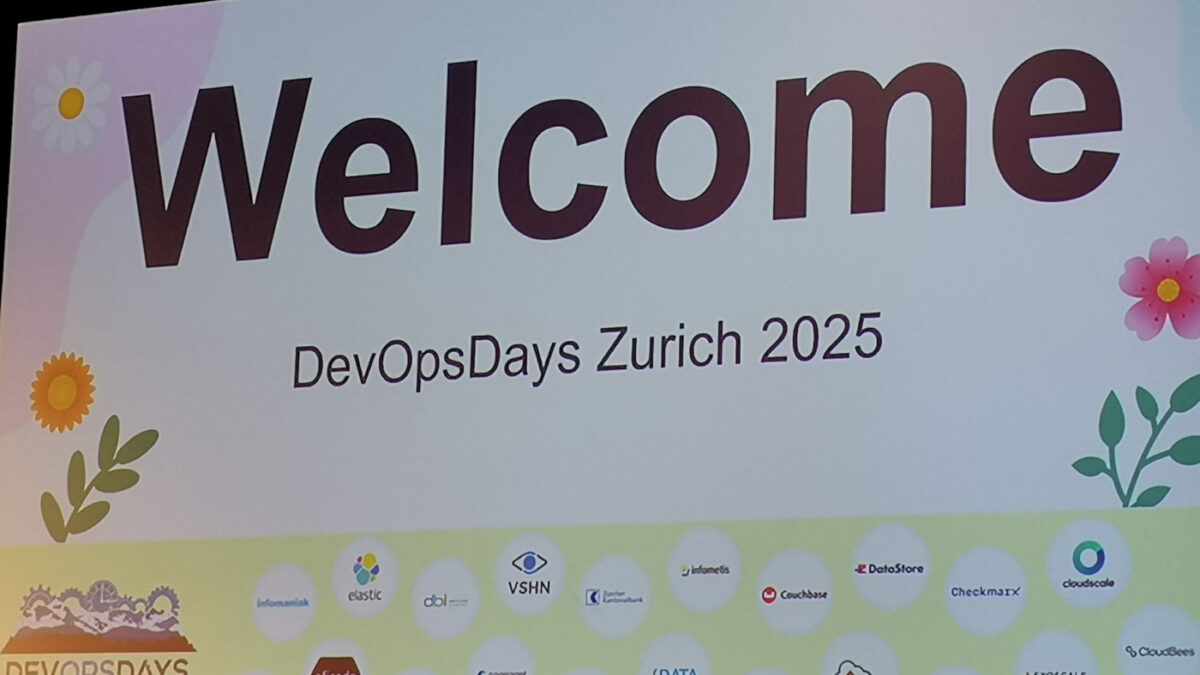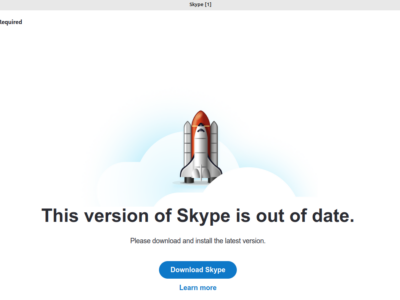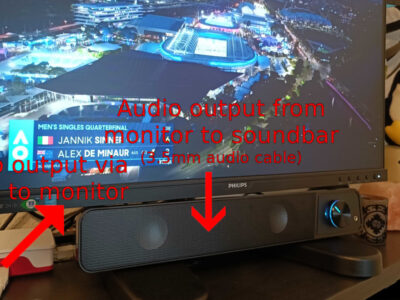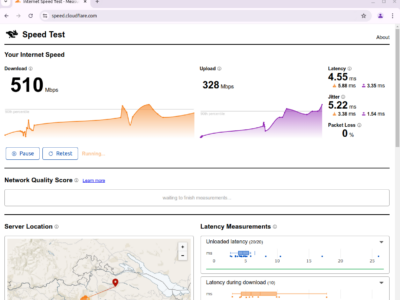Newer motherboards have secure boot enabled and only allow to boot from drives with an ESP (EFI System Partition). If you want to boot from a HDD or SSD with a "legacy" partitioning setup (MBR for example), the AMI BIOS won't detect these kind of drives.
That's where CSM (Compatibility Support Module) can be helpful. This BIOS option can be found under Boot -> Launch CSM (or similar). This module allows to detect legacy drives without UEFI and can boot from these drives. Perfect if you just want to replace your computer hardware and want to re-use your old drives.
The CSM module can, according to this Reddit post, found in the BIOS of ASUS and MSI motherboards.
But there could be problems. The CSM option could be greyed out and remain disabled.
CSM remains greyed out and disabled
I personally ran into a problem on a ASUS PRO A620M-DASH-CSM motherboard where the "Lauch CSM" option remained disabled and could not be selected (greyed-out option) in the BIOS.

After a long research, I finally found the answer: The BIOS does not allow you to enable CSM if you use an integrated GPU / graphics card.
Wait… what?!
Indeed, I am using a Ryzen 9 7900 CPU on this AM5 socket motherboard. This CPU uses an embedded GPU with integrated graphics. No need to plug in a separate GPU card. Pretty helpful for a Linux machine without GUI.
Unfortunately this information is nowhere written in the motherboard's user guide manual.
ASUS hint in support video
But the issue is known, at least to ASUS. In one of their support videos, they quickly mention that CSM can only be enabled with a separate GPU.
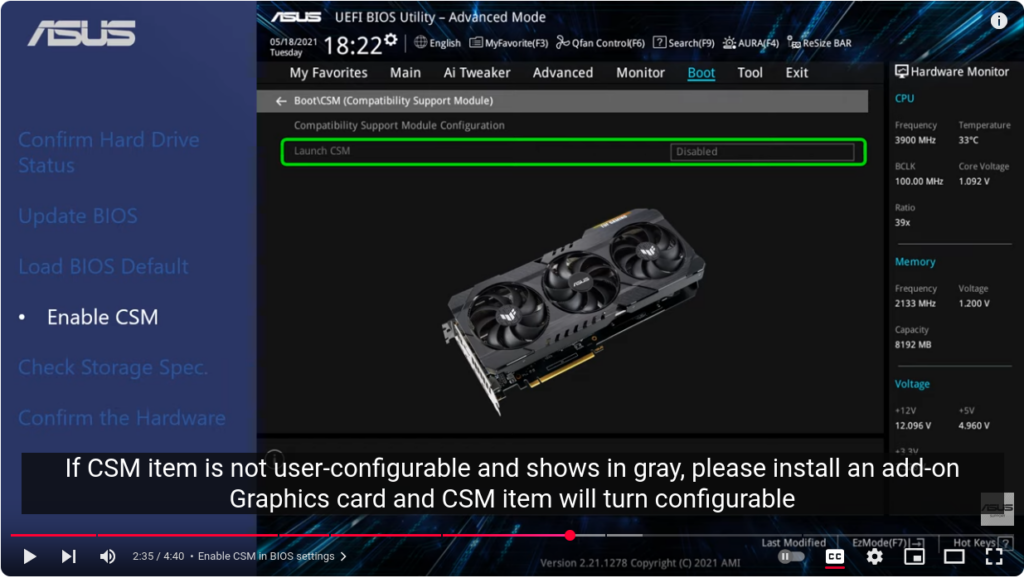
Solution? Install GPU card or use UEFI drives!
This brings us to the solution: Either install a dedicated GPU graphics card in the PCI-E slot or use UEFI partitioned drives too boot from.
In my case I chose to use the latter solution. My initial goal to just take the SSD drives from an older Linux lab server into the new one obviously did not work. So I took two empty SSD drives, installed Debian with ESP partitions and moved data from the old to the new lab server.



